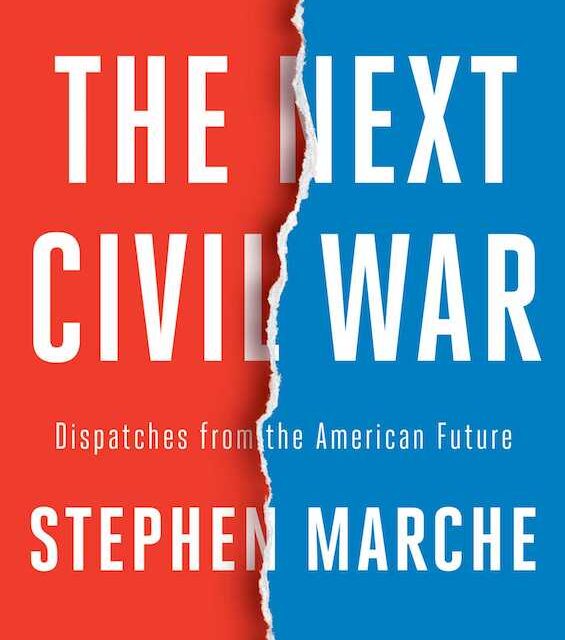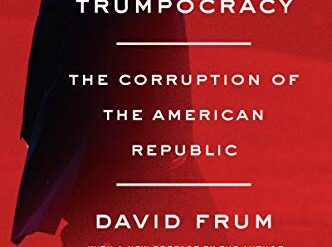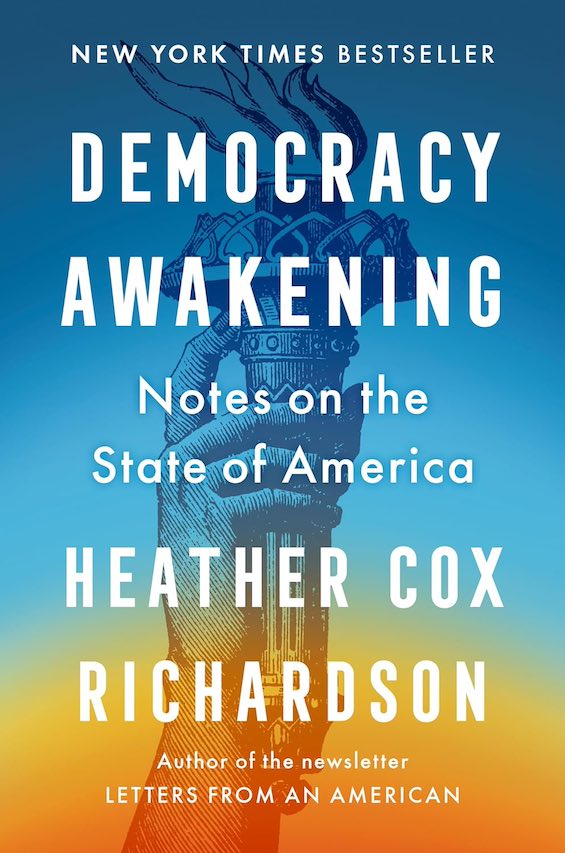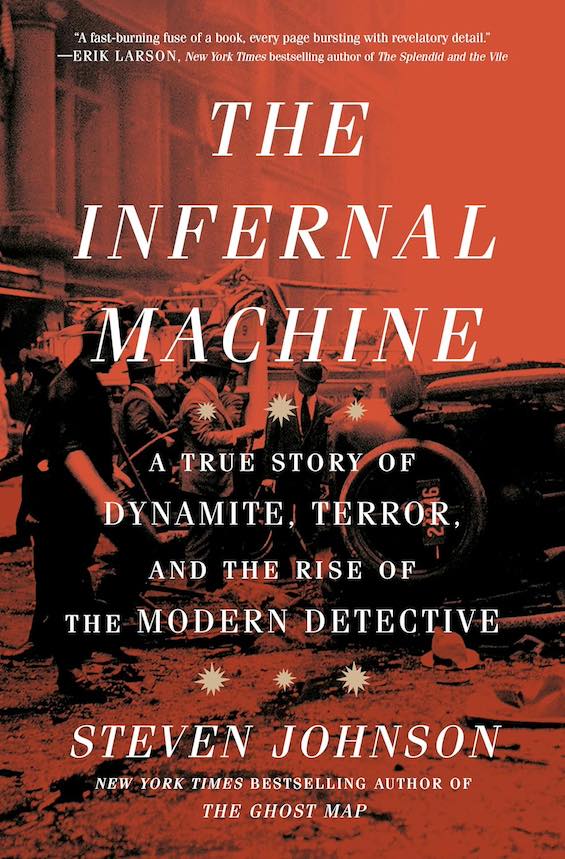
The United States is coming to an end. The question is how. Every government, every business, every person alive will be affected by the answer.” Thus opens Canadian journalist Stephen Marche’s deeply disturbing assessment of America’s prospects in the third decade of the 21st century. In five “dispatches” or scenarios, he spells out in chilling detail the various ways in which the country’s disunity might lead to a new American civil war. “Before the first civil war,” Marche notes, “nobody saw the catastrophe coming, but the moment it started, it was inevitable.” He believes we will, sooner or later but probably sooner, arrive at a similar point.
As Marche observes midway through the book, “every society in human history with levels of inequality like those in the United States today has descended into war, revolution, or plague. No exceptions. There are precisely zero historical precedents that don’t end in destruction.”
Five scenarios for the collapse of American democracy
Marche’s five scenarios range from armed insurrection to the assassination of the president to the secession of regions or major states such as Texas or California. However, one stands out. “Armed conflict with the federal government is one of the most popular fantasies in the United States today.” And while “sometimes the would-be warriors know they’re pretending,” many don’t—and it’s difficult not to take them seriously. The Swiss-based Small Arms Survey reports that U.S. civilians alone account for 393 million (about 46 percent) of the worldwide total of civilian held firearms. And, as Marche notes, “the hard right in the United States is in possession of any and all weaponry between the pistol and low-level nuclear bombs.” You read that right: nuclear bombs.
The Next Civil War: Dispatches from the American Future by Stephen Marche (2022) 256 pages ★★★★★
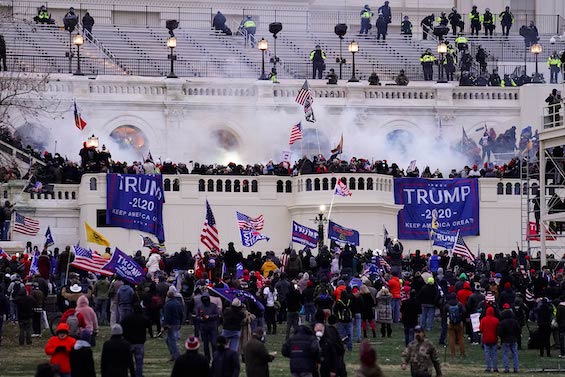
The five major takeaways
Marche makes the case with chilling effectiveness that the United States is already on the verge of civil war. He cites the findings of scholarly studies and public opinion polls that go beyond the statistics of partisan gridlock. For example, he notes what so-called “conservative” media fail to acknowledge: that the overwhelming majority of terrorist incidents have nothing whatsoever to do with foreigners. They’re actions of the hard right. And, as we are all intensely aware, “There are fifty-seven times as many school shootings in the United States as the rest of the industrialized world combined.” But all these studies and the endless statistics are merely numbing. The meat of Marche’s thesis emerges from the scenarios he paints. Five principal takeaways stand out for me.
The US military will be ineffectual against an insurgency
“For fifty years the US military has been defined by its ineffectiveness against insurgencies in foreign countries,” March asserts. “Why would they do any better at home?” In fact, he insists, they would be exceedingly unlikely to do so. Because any new American civil war, he believes, would bear no resemblance to the set-piece scenes of the two world wars or Korea. The fighting would be isolated and sporadic, with insurgents popping up from time to time at vulnerable spots all across the country and melting back into the civilian population once their aims are achieved.
Furthermore, “lone-wolf terrorism” seems certain to arise as well in any future civil war. And all the insurrectionists would benefit from a reality unknown to the Viet Cong or the Taliban or ISIS: the protections of the First Amendment. In Dispatch One, Marche shows the Justice Department refusing to suspend the right of free speech, thus crippling any effort to arrest the leaders of a large-scale insurrectionist encampment in the West.
Police and military units may side with the insurrectionists
“The Military Times reported in a 2019 poll of 1,630 active-duty soldiers that 36 percent of active troops have seen evidence of ‘white supremacist and racist ideologies in the military,’ a significant increase since 2018, when the number was 22 percent.” And it’s no surprise that a poll of law enforcement officers nationwide would likely reveal a similar picture. This reality will not shock anyone who has followed the news in recent years. But the right-wing penetration of the armed forces, both military and civilian, may have progressed far beyond what is generally known or what the numbers convey. Unsurprisingly, the result is likely to be that in any standoff with gun-toting insurrectionists, government authorities may not be able to count on the men and women under their command to follow orders.
Dissolving the union is the least violent path to a solution
Secession movements are underway in states all across America. But the most advanced by far is the one in Texas. “If Texas were a country,” Marche writes, “it would have a GDP of $1.59 trillion, tenth in the world, slightly below Brazil and slightly ahead of Canada. . .California is even larger. With a GDP of $2.88 trillion, it recently passed the UK to become the fifth-largest economy in the world. It would rank thirty-sixth in population, with the world’s largest technology and entertainment sectors.” So, it’s no surprise that secessionist entrepreneurs are active in both states. However, what seems even more likely than the separation of individual states, even these two, is a split of the country along regional lines.
For example, Marche notes, “The economy of the states between Pennsylvania and Maine is the size of Japan’s”—the world’s third largest. The problem, though, is that since the Civil War, secession has been categorically ruled out. Even though a separation along geographical lines might represent the least-violent resolution of today’s intractable political division, it would face what could be insurmountable legal and political obstacles. And, I might add, even if it somehow came about, the economic and political complications that would arise from a separation would dwarf those that have come to light in the UK with Brexit.
Climate change and pandemics are “threat multipliers”
Today, as we live through what we hope are the final months of the COVID-19 pandemic, we see on a daily basis that the isolation and the restrictions imposed on us for the sake of public health have stirred up fury among millions of Americans. A future pandemic—and we must be realistic to expect one sooner or later—might provoke an even greater backlash, especially if the pathogen proves to be more lethal than COVID-19. But an even greater “threat multiplier” (to use the term from military jargon) could well be another extreme weather event, such as Hurricane Katrina or the hypothetical future hurricane and rising seas that destroy New York in one of Marche’s scenarios. With millions of climate refugees crowding into towns and cities in the nation’s heartland, it would be naive to think that violent conflict wouldn’t be the order of the day.
The roots of the problem are structural
Marche finds the root of today’s partisan gridlock, and the seeds for a new American civil war, in the United States Constitution. “The US system is an archaic mode of government,” he writes, “totally unsuited to the realities of the twenty-first century. It needs reforms to its foundational systems, not just new faces.” He specifically points to two structural problems: the Electoral College and the legal fiction that the states are all equal regardless of population.
The former allows a candidate to be elected President of the United States without achieving a majority of the votes, as has happened five times in US history and twice in the 21st century (George W. Bush in 2000 and Donald Trump in 2016). The latter dictates that the smaller, predominantly rural states have a chokehold on legislative decision-making. In fact, the 33 smallest states comprising just over 30 percent of the population command two-thirds (66%) of the seats in the United States Senate.
But there is another deep-seated structural problem in the American political system: states’ rights. In the 18th century, it was inevitable that this antiquated concept would become baked into the Constitution. After all, the original thirteen colonies had been settled at different times and for different reasons. For example, religious dissenters established Massachusetts, Pennsylvania, and Rhode Island while Georgia, originally envisioned as a penal colony, was effectively a military outpost against incursions from Spaniards to the south. Naturally, then, the Constitution drafted in 1787 could not have been ratified without a provision to protect the “sovereignty” of the thirteen states. And we’ve been living with that misguided decision ever since.
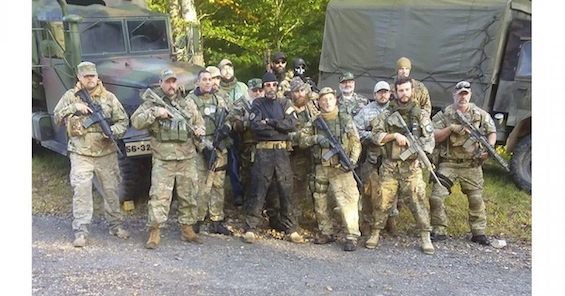
A pessimistic conclusion. Is it realistic?
“One way or another, the United States is coming to an end. The divisions have become intractable. The political parties are irreconcilable. The capacity for government to make policy is diminishing. . . One possible conclusion is violence. The other is civilized separation. At this point, disunion is among the best-case scenarios for the United States.”
Surely, many readers, perhaps most, will dismiss this assessment as alarmist and unconvincing. I’m not so sure. While I do think Marche may venture into unknown territory at times—for example, in his discussion of secession—it’s difficult not to see in the tragic events of January 6, 2021, the harbinger of something much worse. Is a new American civil war now about to erupt? Or, perhaps just as bad in the long term, continuing signs of disunity as more and more states defy federal laws, low-level violence continues to spread, and Congress proves incapable or unwilling to do anything in response? The signs on the road ahead are not encouraging.
About the author

Stephen Marche (1976-) has been writing full-time since 2007, when he left a post teaching Renaissance drama at the City University of New York. (He holds a PhD in modern English drama from the same university.) But, despite the many years he lived in the United States, Marche is Canadian and an alumnus of the University of King’s College. He has written two novels, three books of nonfiction, and numerous essays and articles for major publications. Marche now lives in Toronto.
For more reading
I’ve reviewed two novels that anticipate a second American Civil War:
- American War by Omar El Akkad (A chilling tale, lucidly told, of a Second American Civil War)
- Wake of War by Zac Topping (Is a second civil war in America’s future?)
In a similar vein, see Warnings: Finding Cassandras to Stop Catastrophes by Richard A. Clarke and R. P. Eddy (Can we avoid a dystopian future?).
I’ve also reviewed a much less successful novel on the same theme: 2 A. M. in Little America by Ken Kalfus (American refugees in a near-future dystopia).
The New York Times Book Review (Jan. 24, 2022) carried an insightful review of this book and one other entitled “Is a Civil War Coming?”
For insight into the cultural and political differences that roil US society, see American Nations: A History of the Eleven Rival Regional Cultures of North America by Colin Woodard (Understanding America’s polarization and how we got to now).
You might also be interested in:
- Gaining a global perspective on the world around us
- Top 20 popular books for understanding American history
- 20 top nonfiction books about history
- Top 10 nonfiction books about politics
And you can always find my most popular reviews, and the most recent ones, plus a guide to this whole site, on the Home Page.

